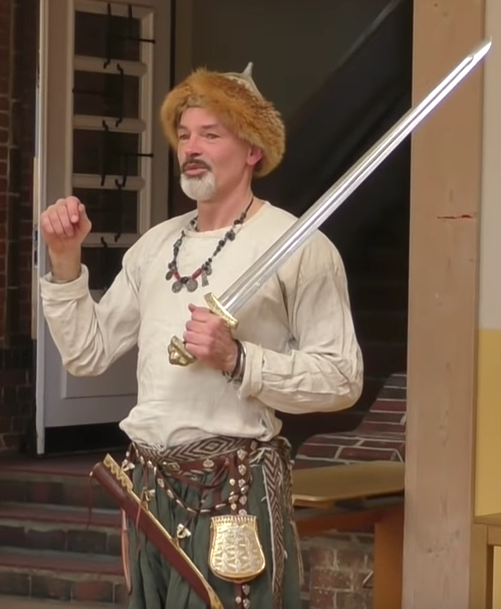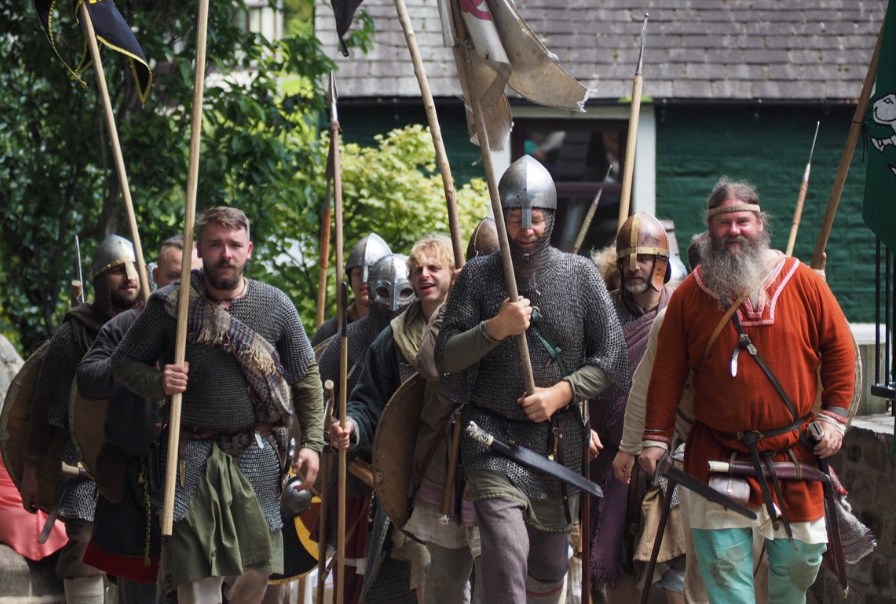
For centuries, historians have puzzled over the location of the battle of Brunanburh – the clash between a West Saxon army and its Viking-led enemies that helped secure the future of England. It was a fight between Anlaf Guthfrithsson, the viking king of Dublin and overlord of much of Ireland, and King Athelstan. Athelstan led what is believed to have been the first unified English army. The Battle of Brunanburh was fought in late 937AD. An Anglo Saxon army led by King Athelstan (the grandson of Alfred the Great) defeated and destroyed an invading army of Vikings, Scots; an alliance of Olaf Guthfrithson, King of Dublin; Constantine II, King of Scotland and Owain, King of Strathclyde.
After researching medieval manuscripts, records and carrying out land surveys, they are confident that the battle took place on Merseyside – somewhere on The Wirral.
Some historians have said that his battle is arguably one of the most significant battles in the long history not just of England, but of the whole of the British Isles
And here you can get some general background information from Wikipedia:
https://en.wikipedia.org/wiki/Battle_of_Brunanburh
And here is a more indepth article from the every wonderful Michael Wood:
https://www.historyextra.com/period/anglo-saxon/where-did-brunanburh-battle-take-place-location-england-michael-wood/
And this is the news article announcing the fact that after years of pondering and suggestion there is finally the evidence to back it all up
https://www.liverpoolecho.co.uk/news/liverpool-news/ancient-battle-created-england-wirral-17130613
And the fact that it all happened about 20 miles away (as the raven files (obviously) makes it all the more exciting….

























